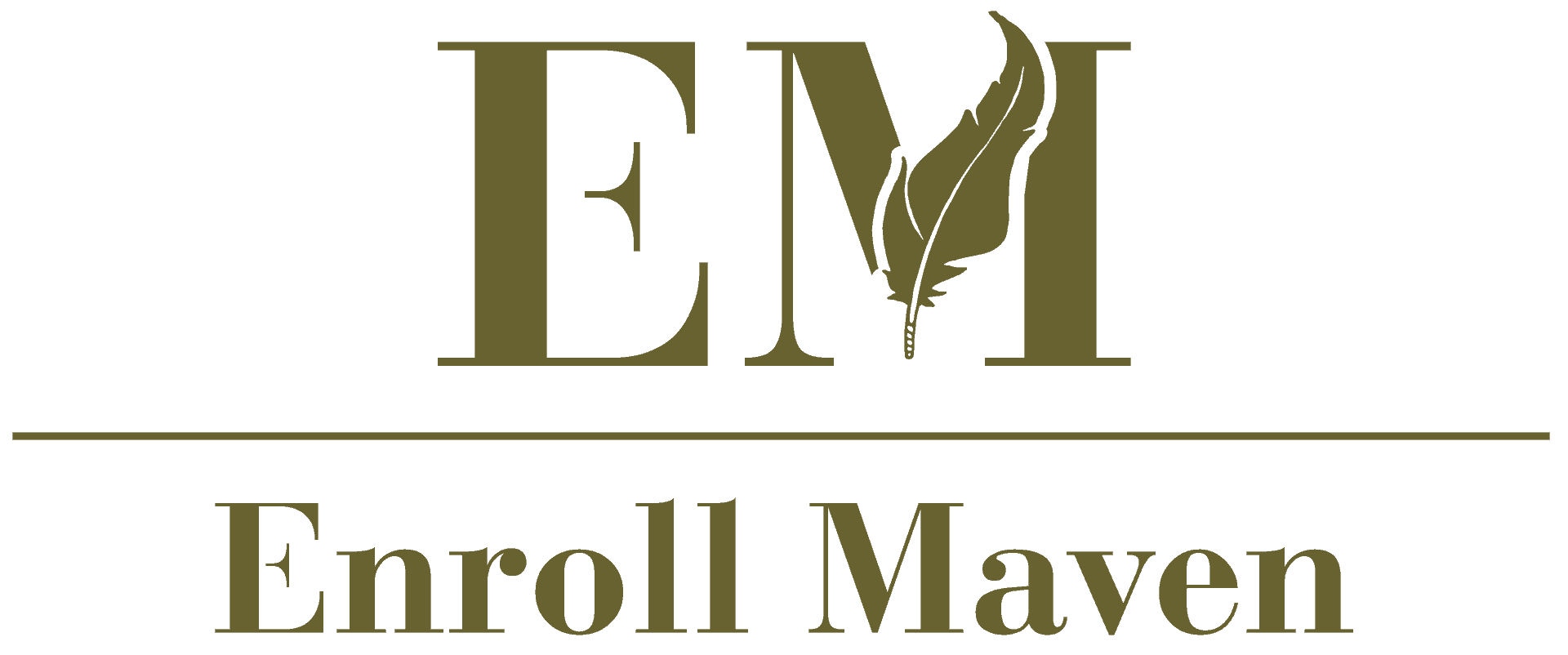As educators strive to unlock the full potential of their students, effective performance strategies and assessment techniques become increasingly crucial for academic success. With the ever-evolving landscape of education, it’s essential to stay abreast of the latest trends and research-driven methods that foster a love of learning, critical thinking, and problem-solving skills in students. By implementing evidence-based strategies, teachers can create a supportive learning environment that caters to diverse needs, promotes active participation, and encourages students to take ownership of their academic journey.
7 Strategies That Promote Learning
I’m passionate about helping students succeed academically, which is why I’ve compiled these essential strategies for promoting learning.
-
1. Set Clear Goals and Expectations
Establishing clear goals and expectations helps students stay focused and motivated. As a student, setting specific, measurable, achievable, relevant, and time-bound (SMART) goals can help you stay on track and achieve academic success.
-
2. Encourage Active Learning
Active learning involves participating in class discussions, asking questions, and engaging in hands-on activities. By encouraging active learning, you can retain information better and develop critical thinking skills.
-
3. Foster a Growth Mindset
A growth mindset believes that abilities and intelligence can be developed through hard work, dedication, and persistence. By adopting a growth mindset, you can overcome obstacles and achieve academic success.
-
4. Provide Feedback and Support
Regular feedback and support are crucial for academic success. As a student, seeking help from teachers, peers, or mentors can help you understand complex concepts and improve your grades.
-
5. Use Technology Strategically
Technology can be a powerful tool for learning. From online resources to educational apps, technology can help you access information, collaborate with peers, and engage in interactive learning experiences.
-
6. Practice Self-Care and Time Management
Self-care and time management are essential for academic success. By prioritizing tasks, managing time effectively, and taking care of physical and mental health, you can reduce stress and achieve academic success.
-
7. Seek Out Opportunities for Reflection and Evaluation
Reflection and evaluation are critical components of the learning process. By regularly reflecting on your progress, evaluating your strengths and weaknesses, and adjusting your approach as needed, you can optimize your learning and achieve academic success.
Key Trends in US Student Performance
The US education landscape has undergone significant changes in recent years, with various trends emerging that impact student performance.
-
Progress by Blacks and Hispanics
There has been notable progress in the academic performance of black and Hispanic students in the US. According to recent studies, these groups have shown significant gains in reading and math scores, narrowing the achievement gap with their white peers.
-
Takeoff of Asians
Asian students continue to excel academically, with many achieving high levels of proficiency in reading and math. Their strong performance can be attributed to factors such as cultural values, parental expectations, and access to quality education.
-
Stall of Non-English Speakers
Despite efforts to improve language support services, non-English speaking students continue to struggle academically. This group faces unique challenges, including limited English proficiency, cultural barriers, and socio-economic disadvantages.
-
Persistence of Socioeconomic Gaps
Socioeconomic disparities remain a significant challenge in US education, with students from low-income backgrounds often lagging behind their affluent peers. Addressing these gaps requires targeted interventions and policies that promote equity and access to quality education.
-
Damaging Effect of Highly Segregated Schools
Highly segregated schools can have a detrimental impact on student performance, perpetuating cycles of poverty and limiting opportunities for social mobility. Efforts to desegregate schools and promote diversity are essential for fostering inclusive and equitable learning environments.
As we move forward, it is crucial to acknowledge these trends and work towards addressing the underlying issues that affect student performance. By doing so, we can create a more equitable and supportive education system that benefits all students.
What Are Performance-Based Strategies?
As an educator and advocate for student success, I’m excited to share my expertise on performance-based strategies.
- Defining Performance-Based Strategies
- Key Characteristics of Performance-Based Strategies
- Real-world problem-solving and task-based learning
- Authentic assessments that mimic real-life scenarios
- Ongoing feedback and iteration to improve student understanding
- A focus on developing soft skills, such as communication and collaboration
- Benefits of Performance-Based Strategies
- Improve student engagement and motivation
- Enhance critical thinking and problem-solving skills
- Develop a deeper understanding of subject matter
- Better prepare students for real-world challenges and careers
- Examples of Performance-Based Strategies
- Project-based learning
- Competency-based progression
- Maker education
- Service-learning projects
- Implementing Performance-Based Strategies
- Identify your learning objectives and outcomes
- Select a performance-based approach that aligns with your goals
- Design authentic assessments and evaluations
- Provide ongoing feedback and support to students
- Resources for Further Learning
- The Buck Institute for Education
- The International Society for Technology in Education
- The National Center for Competency-Based Learning
Performance-based strategies refer to approaches that focus on measuring student progress and achievement through real-world applications and assessments.
These strategies typically involve:
By incorporating performance-based strategies into your teaching practice, you can:
Some examples of performance-based strategies include:
To get started with performance-based strategies, consider the following steps:
For more information on performance-based strategies, check out these resources:
Improving Student Performance
To enhance student performance, I believe that every teacher should strive to create a supportive learning environment.
- Encourage open communication between students and teachers, fostering trust and understanding.
- Develop personalized learning plans tailored to individual students’ needs and abilities.
- Utilize various teaching methods and technologies to engage students and promote active learning.
- Provide regular feedback and encouragement, focusing on progress rather than perfection.
- Cultivate a growth mindset among students, emphasizing effort and resilience over innate ability.
- Foster collaboration and teamwork among students, promoting social skills and empathy.
- Stay updated on the latest educational research and best practices, incorporating innovative approaches into teaching methods.
Effective Feedback Techniques
Constructive criticism plays a vital role in student development, helping them identify areas for improvement and develop self-awareness.
- Focus on specific behaviors or actions rather than general traits or characteristics.
- Use “I” statements to express concerns and avoid blame or criticism.
- Offer suggestions and recommendations for improvement, empowering students to take ownership of their learning.
- Provide opportunities for students to reflect on their own progress and set goals for future improvement.
Supporting Academic Success
By implementing these strategies, teachers can significantly enhance student performance and foster a love of learning that extends beyond the classroom.
At Enroll Maven , we recognize the importance of collaborative efforts between educators, students, and families in achieving academic excellence.
We offer a wealth of resources and support services to help students succeed, including access to expert tutors, online courses, and career counseling.
Our mission is to empower students to reach their full potential and pursue their passions, whether in academia or beyond.
Improving Student Performance
As an educator, I understand the importance of creating a supportive learning environment that fosters academic success.
- One strategy to improve student performance is by promoting a positive school climate.
- This involves creating a welcoming atmosphere where students feel valued, respected, and supported.
- A positive school climate has been shown to increase student engagement, motivation, and overall academic achievement.
Effective Strategies for Improving Student Performance
- Implementing personalized learning plans tailored to individual students’ needs and abilities.
- Providing regular feedback and encouragement to help students stay motivated and focused.
- Fostering a growth mindset culture that emphasizes effort, persistence, and resilience.
- Encouraging active participation and collaboration among students, teachers, and parents.
Key Partnerships for Academic Success
Building strong relationships with local businesses, community organizations, and families is crucial for supporting student learning.
- Partnering with local businesses to provide internships, mentorship opportunities, and job training programs.
- Collaborating with community organizations to offer extracurricular activities, cultural events, and social services.
- Engaging with families through parent-teacher conferences, volunteer opportunities, and home-school partnerships.
Technology Integration for Enhanced Learning
Leveraging technology to enhance teaching and learning can significantly improve student outcomes.
- Utilizing online learning platforms, educational software, and digital tools to supplement instruction.
- Providing access to devices, internet connectivity, and technical support to ensure equity and inclusivity.
- Developing digital literacy skills and promoting responsible technology use among students.
Sustaining Progress and Measuring Success
Evaluating progress and measuring success is critical for continuous improvement and accountability.
- Establishing clear goals, benchmarks, and assessment criteria to track student progress.
- Collecting and analyzing data to inform instructional decisions and drive program development.
- Communicating regularly with stakeholders to share successes, challenges, and areas for improvement.
How to Motivate Teachers to Maximize Their Performance
To motivate teachers to maximize their performance, I believe it’s essential to understand what drives them and creates a positive work environment.
-
Recognize and Reward Excellence
Teachers thrive on recognition and appreciation for their hard work and dedication. Consider implementing a teacher recognition program that acknowledges outstanding contributions, innovative teaching methods, and exceptional student outcomes.
-
Foster a Collaborative Culture
A collaborative culture encourages teamwork, open communication, and mutual respect among teachers. Regular team-building activities, peer mentoring programs, and opportunities for professional development can help foster a sense of camaraderie and shared purpose.
-
Empower Teacher Autonomy
Providing teachers with autonomy over their classrooms and lesson plans can boost motivation and job satisfaction. Offer flexible scheduling, allow teachers to design their own curriculum, and provide resources for professional growth and development.
-
Support Professional Growth and Development
Investing in ongoing training, coaching, and mentorship can help teachers stay updated on best practices, develop new skills, and enhance their instructional effectiveness. Encourage participation in conferences, workshops, and online courses to support continuous learning.
-
Improve Working Conditions
Ensuring a safe, comfortable, and well-maintained physical workspace can significantly impact teacher morale and motivation. Provide necessary resources, equipment, and facilities to support teaching and learning.
-
Encourage Work-Life Balance
Supporting teachers’ work-life balance can lead to increased job satisfaction, reduced burnout, and improved overall well-being. Offer flexible scheduling, telecommuting options, and employee wellness programs to promote a healthy balance between work and personal life.
-
Communicate Effectively
Regular, transparent, and constructive communication between administrators, teachers, and staff is crucial for building trust, resolving conflicts, and promoting a positive school culture.
-
Involve Teachers in Decision-Making
Engaging teachers in decision-making processes can increase their sense of ownership, motivation, and commitment to the school’s mission and goals. Establish teacher-led committees, advisory boards, or task forces to involve teachers in key decisions.
-
Celebrate Successes and Learn from Failures
Recognizing and celebrating successes, as well as learning from failures, can foster a growth mindset and encourage teachers to take risks, innovate, and strive for excellence.
-
Provide Opportunities for Leadership Development
Offering leadership development opportunities can help teachers grow professionally, develop new skills, and assume greater responsibilities within the school community.
-
Conduct Regular Feedback and Evaluation
Regular feedback and evaluation can help teachers identify areas for improvement, set realistic goals, and track progress toward achieving those goals.
-
Support Mental Health and Wellbeing
Mental health and wellbeing are critical components of teacher motivation and job satisfaction. Provide access to counseling services, mental health resources, and employee assistance programs to support teachers’ emotional and psychological wellbeing.
Conclusion:
Motivating teachers to maximize their performance requires a multifaceted approach that addresses their unique needs, interests, and motivations. By recognizing and rewarding excellence, fostering a collaborative culture, empowering teacher autonomy, and supporting professional growth and development, we can create a positive work environment that inspires teachers to excel and deliver high-quality education to our students.





0 Comments